Important Environmental Terminology - People, Development and Environment Notes
Some Important Terminology Related to Environment
1. Aeration: When a river runs through hills, turbulence mixes air into water increasing the dissolved oxygen (DO). The increased DO concentration facilitates many chemical and microbiological processes in water to reduce the pollutant concentration.2. Adsorption: Pollutants are adsorbed onto sand particles, plant surfaces, rocks etc. and thereby concentrations get reduced in the river water.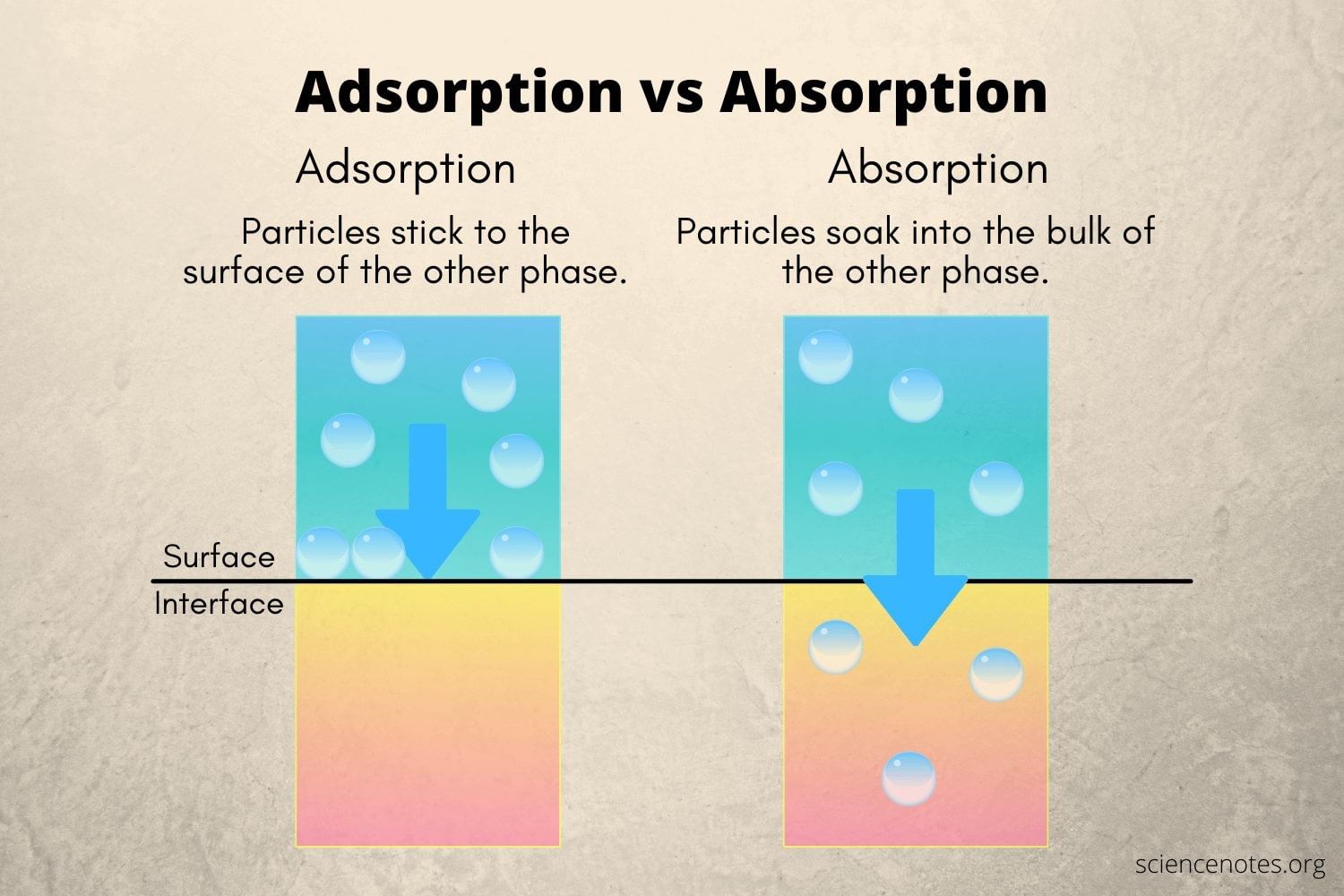
3. Bioaccumulation: Bioaccumulation is the accumulation of substances, such as pesticides, or other chemicals in an organism. Bioaccumulation occurs when an organism absorbs a substance at a rate faster than that at which the substance is lost by catabolism and excretion.
4. Bioconcentration: It is the accumulation of a chemical in or on an organism when the source of chemical is solely water. Bioconcentration is a term that was created for use in the field of acquatic toxicology. Bioconcentration can also be defined as the process by which a chemical concentration in an aquatic organism exceeds that in water as a result of exposure to a waterborne chemical.
5. Biodilution: Biodilution is also a process that occurs to all trophic levels in an aquatic environment; it is the opposite of biomagnification, thus a pollutant gets smaller in concentration as it progresses up a food web.
6. Biomagnification: Biomagnification, also known as bioamplification or biological magnification, is the increasing concentration of a substance, such as a toxic chemical, in the tissues of organisms at successively higher levels in a food chain.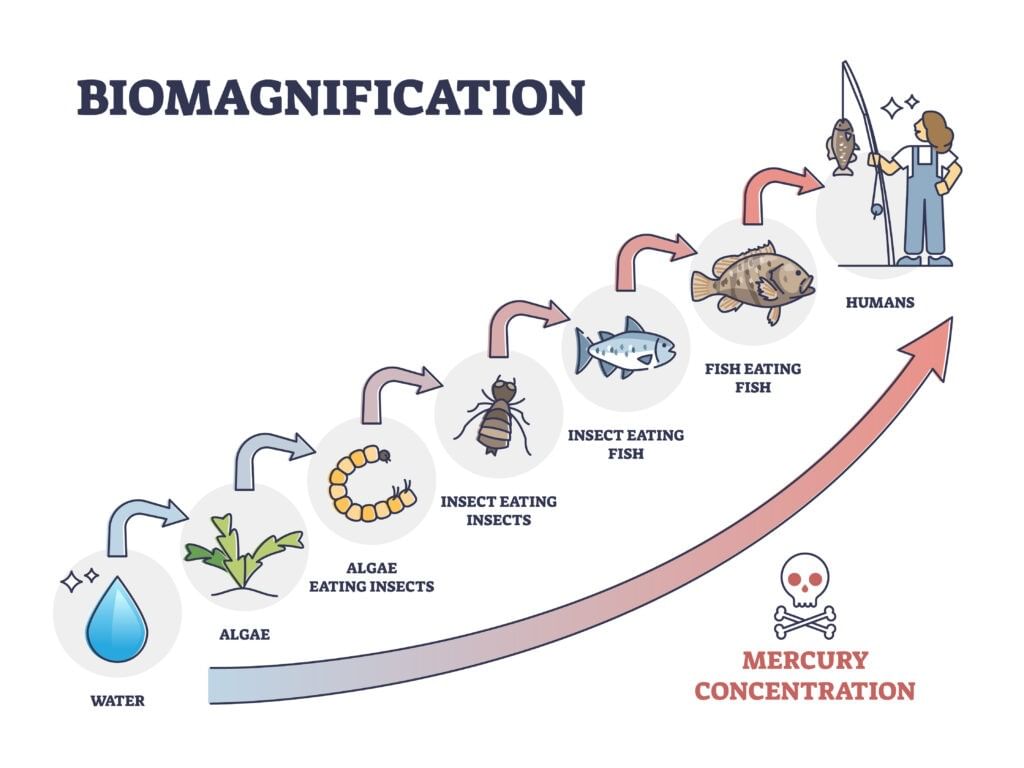
7. Chemical Smog (London Smog): This type of smog is thought to be caused by Sulphur dioxide. It is formed by combination of smoke, dust, fog and . Chemical smog is usually formed around some industrial and power plants. It is generally bad in the early morning hours, and becomes worse after sunrise, due to sunlight induced oxidation of to , followed by reaction with humidiy. Sulphuric acid is formed in this type of smog, which is very harmful to people suffering from bronchial diseases such as asthma or emphysema. In the year 1962, chemical smog killed more than 700 person in London, and are thought to be the primary causes of these deaths.
Photochemical smog is an oxidizing smog and it should be clearly distinguished from the London smog which forms due to the combination of smog and fog.
8. Comminution: Comminution is the reduction of solid materials from one average particle size to a smaller average particle size, by crushing, grinding, cutting, vibrating, or other processes. In geology, it occurs naturally during faulting in the upper part of the Earth’s crust. In industry, it is an important unit operation in mineral processing, ceramics, electronics, and other fields, accomplished with many types of mill.
9. Denitrification: A microbially facilitated process of dissimilatory nitrate reduction that may ultimately produce molecular nitrogen through a series of intermediate gaseous nitrogen oxide products.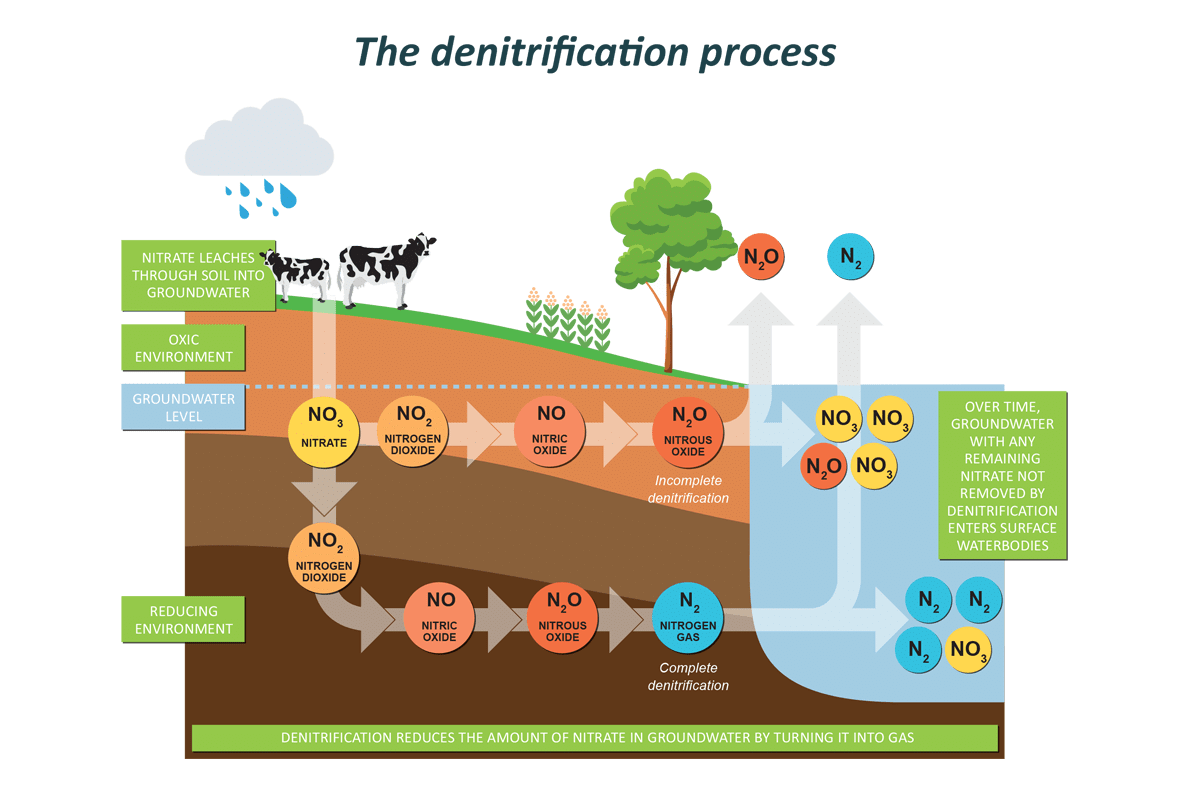
10. Denudation: The process by which the removal of material, through means of erosion and weathering, leads to a reduction of elevation and relief in landforms and landscapes.
11. Desalinization: Any of several processes hat remove excess salt and other minerals from water or soil.
12. Dilution: When a polluted river is joined by less polluted tributaries or during the rainy seasons, the volume of water in the river is increased. It reduces the concentrations of pollutants by dilution process.
13. Dissolved oxygen: Oxygen gets into water by diffusion from the surrounding air, by aeration (rapid movement), and as a waste product of photosynthesis. Dissolved oxygen is a measure of the amount of gaseous oxygen dissolved in an aqueous medium. Amount of dissolved oxygen present is a water quality parameter of an aqueous system.
14. Ecosphere: The planetary ecosystem, consisting of all living organisms and their environment.
15. Effluent: An outflowing of water from a natural body of water, or from a man- made structure (factories).
16. Endemism: In a broad sense it means native to or characteristic of a particular geographical area.
17. Eutrophication: It is excessive richness of nutrients in a lake or other body of water, frequently due to run-off from the land, which causes a dense growth of plant life.
18. Floatation: After rapid mixing of water falls, air bubbles act as vehicles to lift many pollutants to the water surface in the form of froth. This froth is exposed to the atmosphere, and it facilitates oxidation of pollutants to less harmful forms. The top layer is also directly exposed to sunlight, so either by increased temperature or due to various photochemical reactions, volatile organic compounds are removed from the top layer. At different sections of the river, various artificial traps help in the removal of this forth and thus rivers get self purified.
19. Humus: The organic material in soil having a dark brown or black colouration.
20. Hydrological cycle: The movement of water within the hydrosphere. Also called the water cycle.
21. Hygroscopic water: This water forms very thin films around soil particles and is not available to the plant. The water is held so tightly by the soil that it cannot be taken up by roots, not held in the pores, but on the particle surface.
22. Incineration: A waste treatment technology that involves the combustion of organic materials.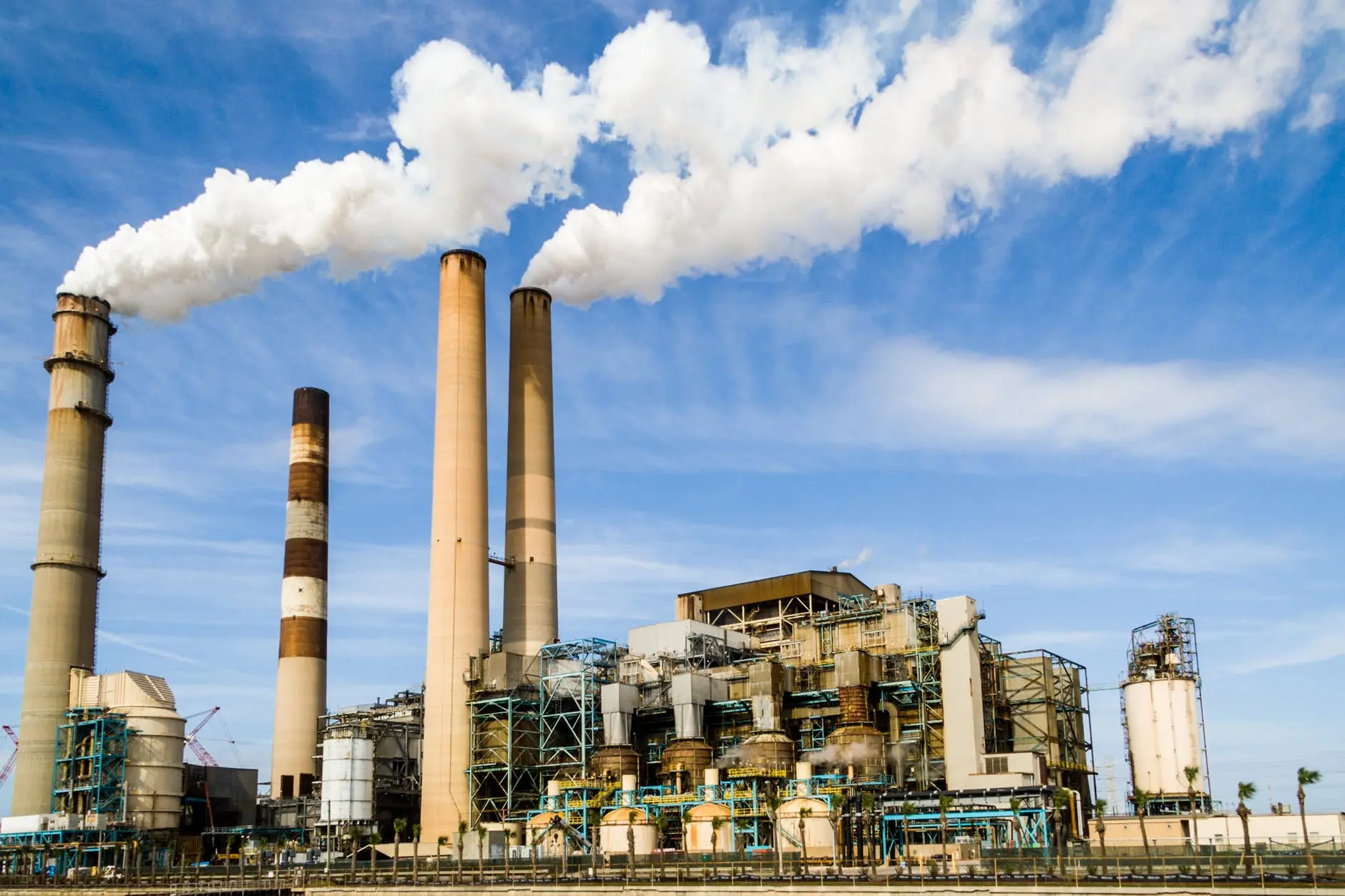
23. Land filling: Disposal of residual solid wastes on land in a facility designed with protective measures against pollution of ground water, surface water and air fugitive dust.
24. Land reclamation: Restoring an area to a more natural state usually after being made unusable due to pollution, salinization etc.
25. Latitude: Gives the location of a place on earth. Lines of latitude are the horizontal lines shown running east to west on maps.
26. LDPE: Low density polyethylene is a thermoplastic made from ethylene through free radical polymerization. It is non-reactive at room temperature, except by strong oxidizing agents and can withstand temperature of 80 degree C continuously and 95 degree C short time.
27. Leachate: Liquid that seeps through solid or other medium and has extracted, dissolved or suspended material in it.
28. Lentic water: Still water for example, ponds, basins, marshes and ditches.
29. LLDPE: Linear low density polyethylene is a polyethylene with significant numbers of short branches, commonly made by co-polymerization of ethylene with longer chain olefins.
30. Lotic water: Flowing water, for example, creeks, streams, rivers and springs.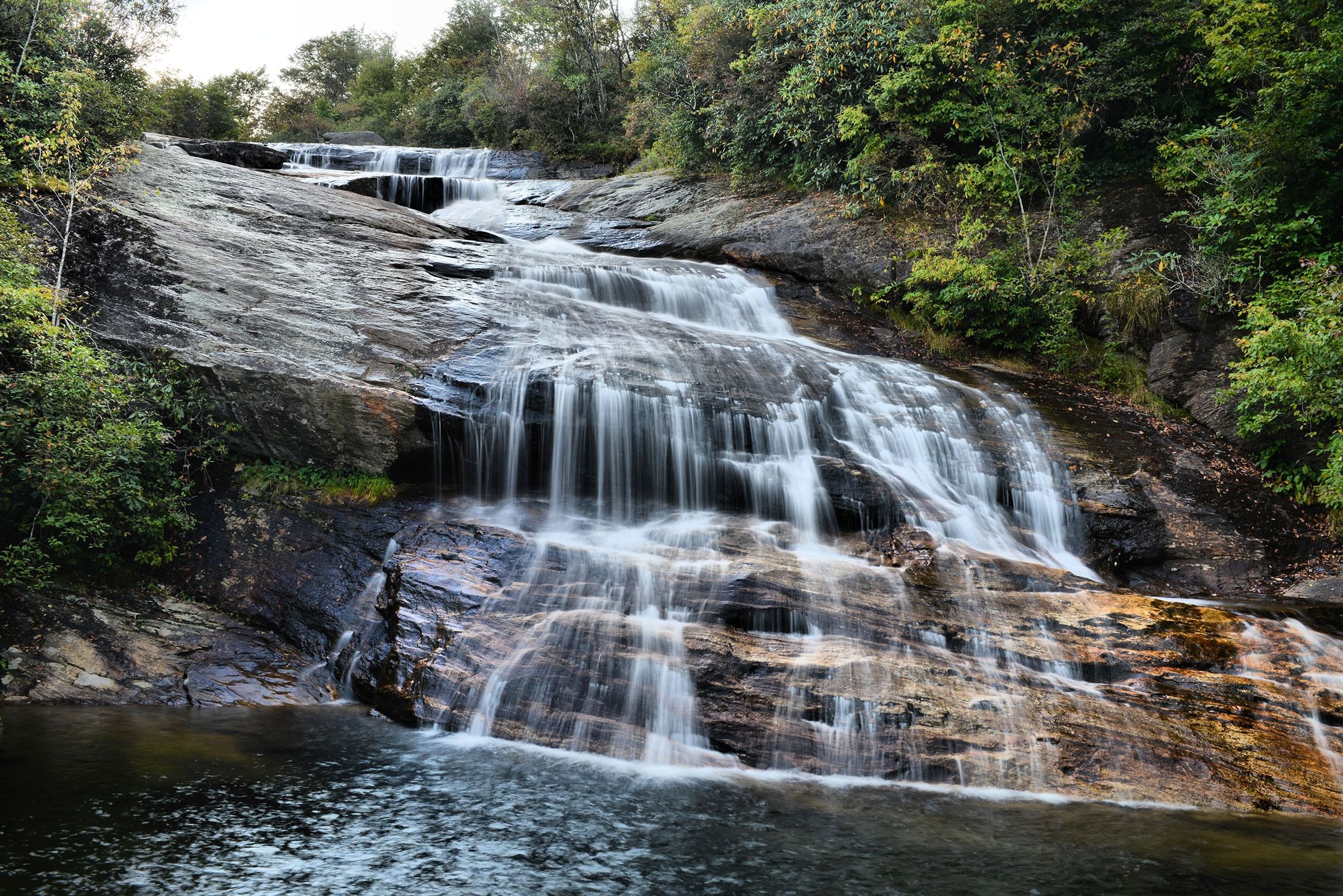
31. Macrophytes: A macrophyte is an aquatic plant that grows in or near water and is either emergent, submergent, or floating, and includes helophytes (a plant that grows in marsh, partly submerged in water, so that it regrows from buds below the water surface).In lakes and rivers macrophytes provide cover for fish and substrate for aquatic invertebrates, produce oxygen, and act as food for some fish and wildlife.
32. Marshland: Treeless land where the water table is just at, above or below the ground and it is dominated by grasses, reeds, sedges and reed mace.
33. Municipal solid waste: A type of waste predominantly made up of domestic and commercial wastes. Includes commercial and residential waste ( solid or semi-solid form excluding hazardous waste but it may contain treated biomedical waste) generated in a municipal or notified area.
34. Non point source: Sources of pollution that arise over a comparatively large area rather than from a single point.
35. Osmoregulation: Active regulation of osmotic pressure of bodily fluids to maintain homeostasis of the body’s water content.
36. Oxidation pond: Oxidation ponds, also called lagoons or stabilization ponds, are large, shallow ponds designed to treat wastewater through the interaction of sunlight, bacteria, and algae.
37. Oligotrophic: An ecosystem with very little nutrient level and thus offers very little to sustain life.
38. Organic farming: A form of agriculture to maintain soil productivity and to control pests without the use of synthetic fertilizers or pesticides.
39. Particulates: Tiny particles of solid or liquid suspended in a gas.
40. Pelagic: Any water in the sea that lies not too close to the bottom is referred to as pelagic and that region as the pelagic zone.
41. PET: Polyethylene terephthalate (sometimes written poly(ethylene terephthalate)), commonly abbreviated PET, PETE, or the obsolete PETP or PET-P, is the most common thermoplastic polymer resin of the polyester family and is used in fibers for clothing, containers for liquids and foods, thermoforming for manufacturing, and in combination with glass fiber for engineering resins.
42. Photochemical smog (Los Angles Smog): Formation of this type of smog is initiated by the U.V. radiations from sun. The other gradients for the formation of this type of smog are (NO + NO2), unburnt hydrocarbons and SO2. Oxides of nitrogen and hydrocarbons are produced by the combustion of fuels in automobiles and in industries. Absorption of U.V. rays by oxides of nitrogen initiates the process of smog formation. Nitrogen dioxide splits up into reactive species and starts a number of chain reactions in which the hydrocarbons are involved. This results in the formation of many secondary pollutants. In presence of humidity, oxidized hydrocarbons and ozone cause photochemical smog, which characterized by the formation of aerosols that reduce visibility, generation of brown hazy fumes, which causes irritation to eyes and lungs and also cause extensive damages to vegetation and rubber goods. This type of smog was observed in some parts of Los Angles and Denver in USA and that is why it is sometimes referred to as Los Angles Smog.
43. Point source: A single, identifiable localized source of pollution.
44. Polymer: A large molecule composed of repeating structural units connected by covalent chemical bonds.
44. PP: Polypropylene (PP), also known as polypropene, is a thermoplastic polymer used in a wide variety of applications including packaging and labeling, textiles (e.g., ropes, thermal underwear and carpets), stationery, plastic parts and reusable containers of various types, laboratory equipment, loudspeakers, automotive components, and polymer banknotes. An addition polymer made from the monomer propylene, it is rugged and unusually resistant to many chemical solvents, bases and acids.
45. Phyto-remediation: Aquatic plants and vegetation on the river banks absorb (nitrate, phosphate and other nutrients) and remove pesticides and heavy metals from water. In this way quality of water in the river is largely improved.
46. Precipitation: Refers to rain, sleet, hail, snow and other forms of water falling front the sky.
47. Profundal zone: The deep zone of a water body, such as an ocean or a lake located below the range of effective light penetration.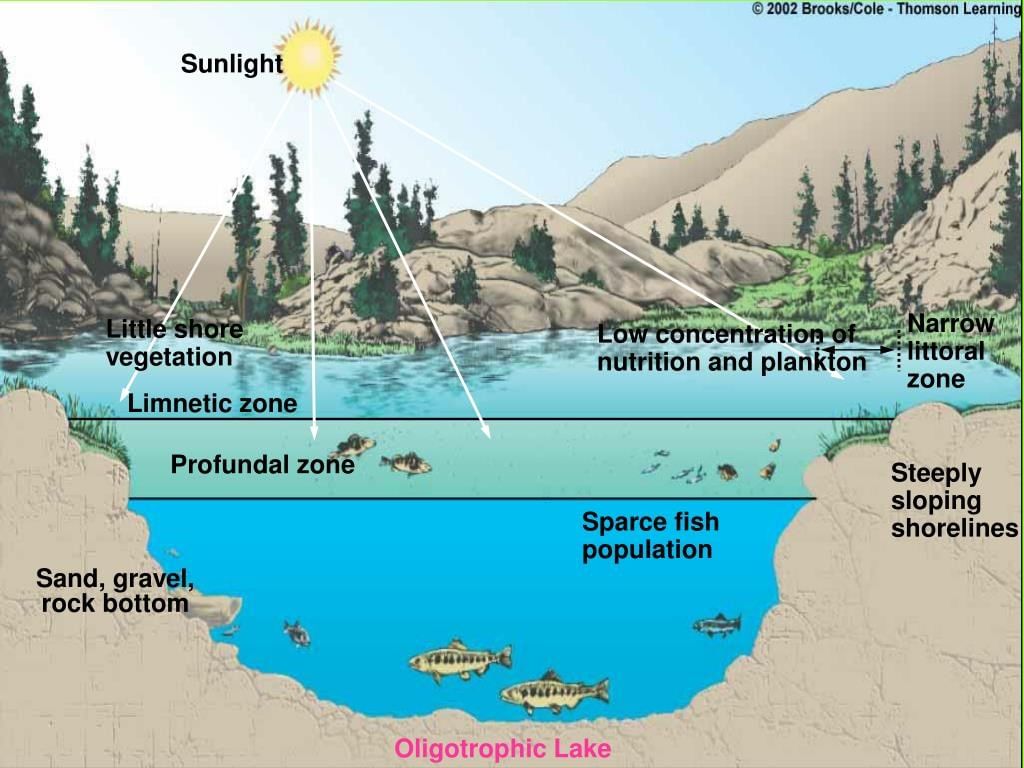
48. PS: Polystyrene is a synthetic aromatic polymer made from the monomer styrene. Polystyrene can be solid or foamed. General-purpose polystyrene is clear, hard, and rather brittle. It is a rather poor barrier to oxygen and water vapor and has a relatively low melting point. Uses include protective packaging (such as packing peanuts and CD and DVD cases), containers (such as “clamshells”), lids, bottles, trays, tumblers, disposable cutlery and in the making of models.
49. PVC: Polyvinyl chloride also known as poly vinyl or vinyl, commonly abbreviated PVC, is the world’s third-most widely produced synthetic plastic polymer, after polyethylene and polypropylene. PVC comes in two basic forms: rigid (sometimes abbreviated as RPVC) and flexible. The rigid form of PVC is used in construction for pipe and in profile applications such as doors and windows. It is also used for bottles, other non-food packaging, and cards (such as bank or membership cards). It can be made softer and more flexible by the addition of plasticizers, the most widely used being phthalates.
50. Red data book: The data book containing the red list of all threatened species of fauna and flora listed as per IUCN specification.
51. Sedimentation: In this mechanism, sand in the river bed acts as a sink for the pollutants. From the hills, when river reaches flat lands, it spreads, its velocity reduces and suspended pollutants settle on the sand bed.
52. Smog: A mixture of smoke and fog that may also cause air pollution.
53. Sanitary landfill: Sanitary landfills are sites where waste is isolated from the environment until it is safe. It is considered when it has completely degraded biologically, chemically and physically. In high-income countries, the level of isolation achieved may be high.
54. Sub- surface water: Sub-surface water is ground water present in the pores of soil and rocks, as well as water present in aquifers.
55. Sustainable development: A pattern of resource use that aims to meet the needs of the present without compromising those of the future.
56. Vermicomposting: Process of using earthworms for conversion of biodegradable waste to compost.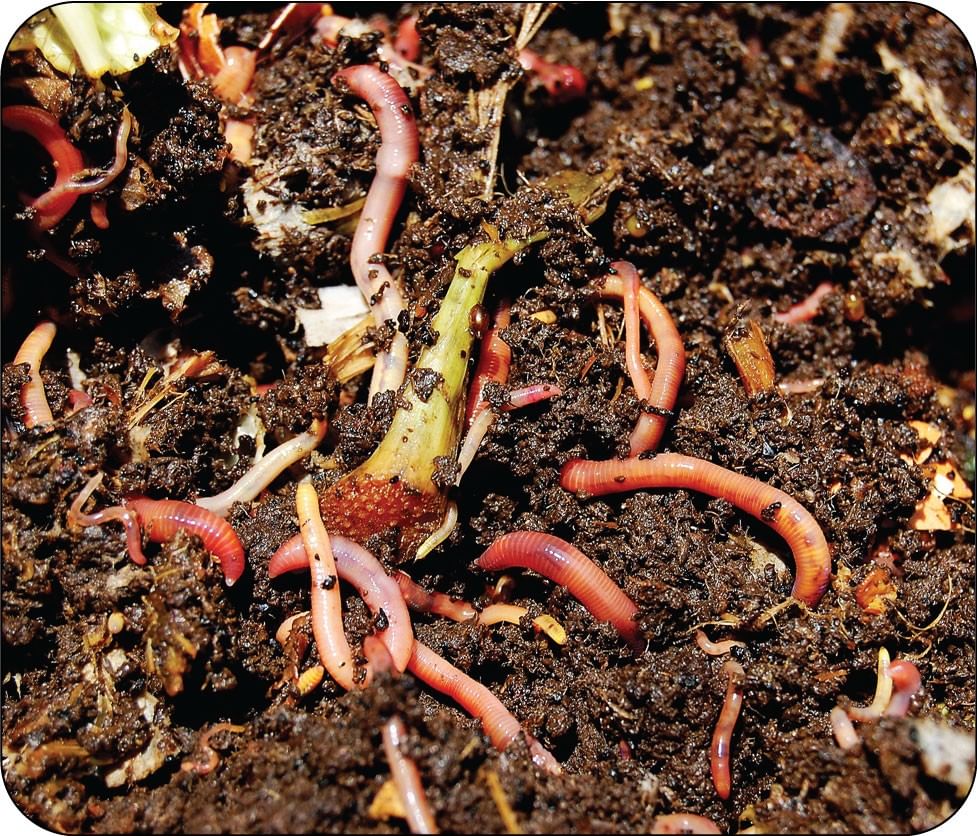
57. Water Logging: It is the phenomenon of groundwater table rising too close to the ground level to sustain useful plant life. In India the areas which are frequently water include are estuarine deltas of Gangas, areas of Kerela and Andaman and Nicobar Island. Important effects are:
- The land cannot sustain useful plant life.
- Evaporation from water logged areas leaving salt behind, builds up the soil salinity to level that inhibits vegetation.
- Structural foundations are difficult to construct and are quick to deteriorate in water logged areas.
58. Weathering: Decomposition of earth, rocks, soil and minerals through direct contact with the earth’s atmosphere.
59. Zooplankton: Heterotrophic component of plankton that drift in oceans, seas, rivers and fresh water bodies.
|
25 videos|40 docs|10 tests
|
FAQs on Important Environmental Terminology - People, Development and Environment Notes
| 1. What is the significance of environmental terminology in the UGC NET exam? |  |
| 2. How can I prepare for questions related to environmental terminology in the UGC NET exam? |  |
| 3. What are some commonly asked environmental terms in the UGC NET exam? |  |
| 4. Are there any specific resources recommended for mastering environmental terminology for UGC NET? |  |
| 5. How does understanding environmental terminology benefit my overall academic performance in related subjects? |  |





















